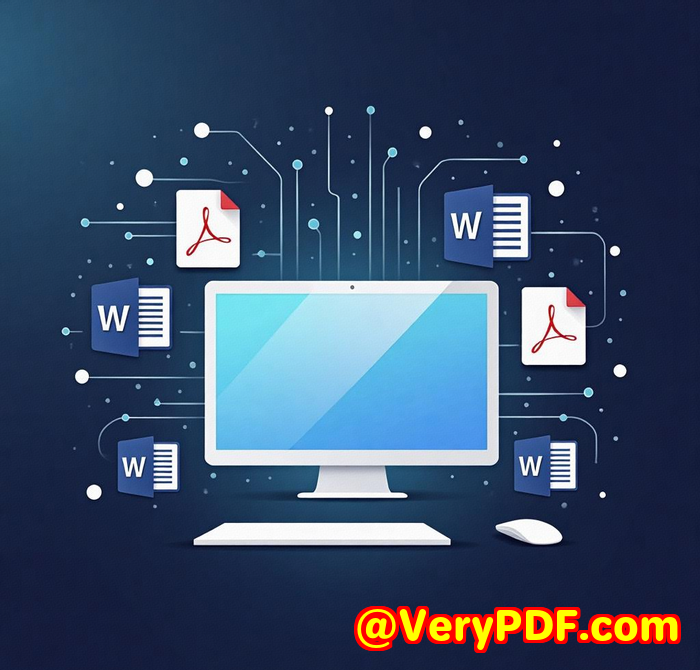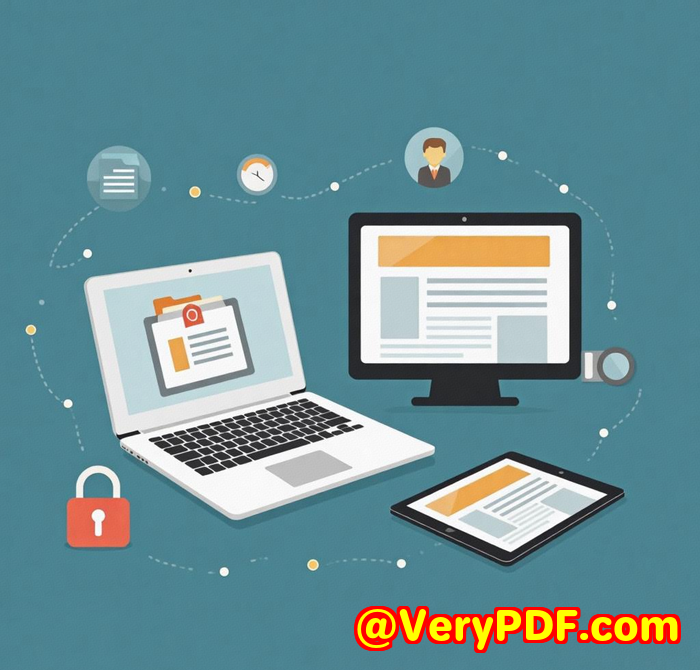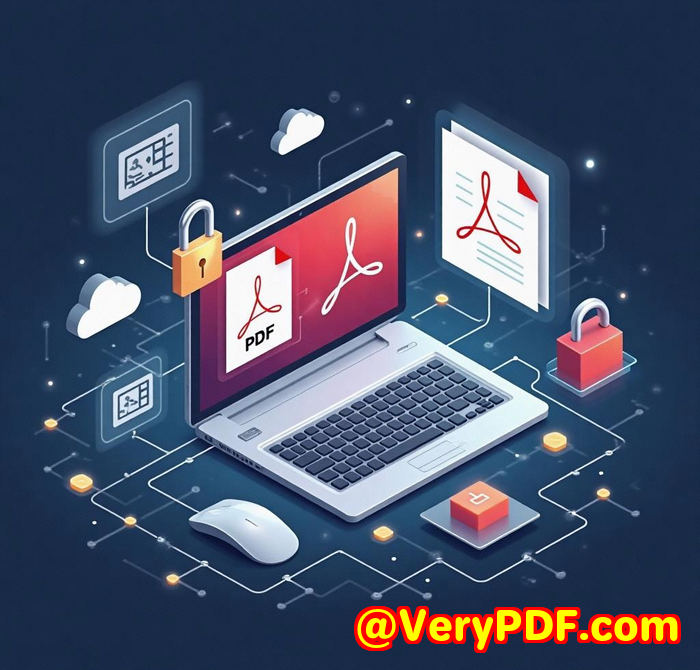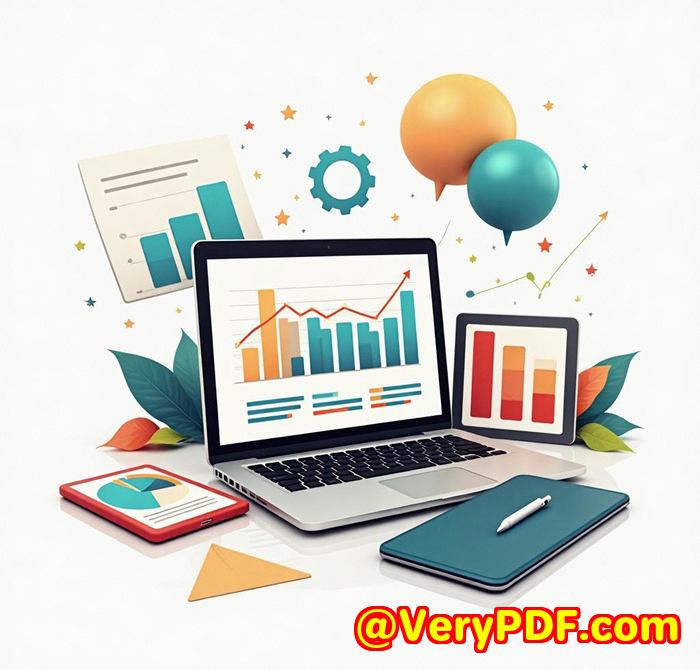VeryPDF Webpage to PDF API vs IronPDF Which API Handles Complex Tables and Charts More Accurately
VeryPDF Webpage to PDF API vs IronPDF: Which API Handles Complex Tables and Charts More Accurately?
Every time I've had to convert complex web pages filled with tables and charts into PDFs, I've faced headaches with formatting mess-ups or distorted layouts. It's a common frustration, especially when you need precise documents for reports, invoices, or client presentations that can't afford to look sloppy. The struggle of choosing the right API to handle these intricate elements, while ensuring fast, secure, and reliable conversions, has been real.

I recently put VeryPDF Webpage to PDF Converter API for Developers head-to-head against IronPDF, focusing on how well each manages complex tables and charts. After working hands-on with both, here's my take on which API really shines when accuracy matters most in converting HTML to PDF.
Why Complex Tables and Charts Are a Pain to Convert
If you're in finance, data analysis, or any field that relies on rich web-based visuals, you know how tricky it is to get a PDF output that reflects exactly what you see in a browser. Tables with merged cells, dynamic charts rendered by JavaScript libraries like Chart.js or D3.js, and CSS grid or flexbox layouts often break or shift in conversion. Many tools claim to support these features but fall short in real-world use.
My past experiences with some popular PDF conversion APIs meant spending hours fixing these conversion errors manually or using workarounds that slowed down the workflow and increased costs.
Discovering VeryPDF Webpage to PDF Converter API
A colleague recommended I check out VeryPDF's Webpage to PDF Converter API after I vented about these conversion challenges. The promise was straightforward: an API that leverages an advanced browser-based rendering engine built on Google Chrome, ensuring web pages convert almost pixel-perfectly to PDF, including all CSS and JavaScript features.
The product is designed for developers who need:
-
Fast and reliable HTML to PDF conversions
-
Support for complex layouts, charts, and dynamic web assets
-
High security and encryption options for sensitive documents
-
Easy integration with any tech stack via a RESTful API
That sounded exactly like the kind of tool I needed.
Key Features That Won Me Over
1. Advanced Browser-Based Rendering
Unlike many other converters that use outdated rendering engines or simplified HTML parsers, VeryPDF runs conversions in a headless Chrome environment. That means it interprets the page just like a real browser, including support for the latest CSS (grid, flexbox), custom fonts, and JavaScript-generated content like charts or tables.
For example, I tested converting a financial dashboard that used complex JavaScript charts from Google Charts and a CSS grid-based table layout. The PDF output was flawless. Every chart element retained its clarity, the table structure remained intact, and the styles matched the live web page perfectly.
This was a stark contrast to IronPDF, which struggled with some JavaScript-rendered charts appearing as blank spaces or distorted tables with missing borders.
2. Customisable PDF Options
Another win was the ability to customise paper sizes, add headers and footers, and even inject custom CSS or JavaScript before conversion. I set up automated reports that needed page numbers, timestamps, and company logos in the header and footer sectionssomething I couldn't easily do with IronPDF without messy hacks.
Additionally, VeryPDF allowed me to switch paper size on the fly, so I could generate both A4 and A3 sized reports from the same API call, depending on client needs.
3. Security and Privacy
For anyone handling sensitive data think healthcare or legal fields security is a non-negotiable. VeryPDF supports 128-bit encryption on the PDFs it generates, and all document processing happens securely with optional HIPAA compliance.
Plus, the API doesn't store your documents unless you explicitly opt in. That gave me peace of mind when handling confidential client info, a feature not as robustly addressed by IronPDF.
How VeryPDF Saved Me Time and Headaches
Implementing VeryPDF's API was surprisingly smooth. The RESTful interface meant I could call it directly from Python, Node.js, or PHP without wrestling with complex SDKs. Their documentation is clear, and the API is stable.
I set up an automated system that converts dozens of dynamically generated web reports into PDF every day. The **conversion speedusually under 2 seconds per document**kept my batch jobs running fast and efficient.
Before using VeryPDF, I spent hours tweaking IronPDF outputs to fix broken tables or missing chart details. With VeryPDF, those issues vanished. The generated PDFs looked identical to the live web pages, requiring zero manual corrections.
Comparing VeryPDF with IronPDF: The Bottom Line
-
Rendering Accuracy: VeryPDF's Chrome-based engine nails modern web layouts and dynamic JavaScript charts better than IronPDF's rendering approach.
-
Integration: Both offer REST APIs, but VeryPDF's documentation and flexibility make it easier to integrate with multiple languages and platforms.
-
Security: VeryPDF's encryption options and privacy-first approach give it an edge for sensitive use cases.
-
Speed: VeryPDF processes conversions faster, especially in batch mode with its webhook and parallel conversion system.
-
Customisation: VeryPDF provides deeper options for headers, footers, paper sizes, and CSS/JS injection.
Who Should Use VeryPDF Webpage to PDF Converter API?
If your work involves:
-
Generating accurate, print-ready PDFs from complex web reports
-
Handling dynamic charts or tables that need to look exactly like the live webpage
-
Automating bulk document conversions quickly and securely
-
Integrating with custom workflows using any programming language
VeryPDF is designed for developers, data analysts, finance teams, marketing agencies, healthcare providers, and anyone needing reliable HTML to PDF conversions without compromise.
Wrapping It Up: My Personal Recommendation
If you're tired of fiddling with clunky PDF conversions that ruin your tables and charts, give VeryPDF Webpage to PDF Converter API a shot.
It saved me hours of tedious manual fixes, delivered consistently accurate PDFs, and gave me a secure, scalable solution I can trust. For any developer or team working with complex web content, this tool is a game-changer.
Start your free trial now and see the difference:
https://www.verypdf.com/online/webpage-to-pdf-converter-cloud-api/try-and-buy.html
Custom Development Services by VeryPDF
Beyond their powerful API, VeryPDF offers tailored development services to fit your specific PDF and document processing needs. Whether you work on Linux, Windows, macOS, or mobile platforms, VeryPDF's experts can build customised solutions using Python, PHP, C/C++, .NET, JavaScript, and more.
They specialise in Windows Virtual Printer Drivers, advanced document format analysis, barcode recognition, OCR for scanned PDFs, and cloud-based digital signature and document security solutions.
If you have unique workflow requirements or want a specialised tool built from scratch, reach out to VeryPDF through their support centre at http://support.verypdf.com/ to discuss your project.
FAQs
1. Can VeryPDF handle JavaScript-heavy webpages with complex charts?
Yes, its Chrome-based rendering engine fully supports JavaScript, ensuring charts generated by libraries like Google Charts or D3.js convert accurately.
2. Does VeryPDF offer batch HTML to PDF conversions?
Absolutely, it supports batch processing with parallel conversion options and webhook notifications to streamline workflows.
3. Is my data safe with VeryPDF's API?
By default, your files aren't stored after conversion. Optional storage is available, and the service is HIPAA compliant for handling sensitive data securely.
4. Can I customise headers and footers in the PDF output?
Yes, you can inject custom headers, footers, CSS, and JavaScript to tailor your PDFs exactly as needed.
5. What programming languages can I use with VeryPDF's API?
Any language that can make HTTP requestsPython, PHP, JavaScript, C#, and moreworks seamlessly with their RESTful API.
Tags / Keywords
-
HTML to PDF API for developers
-
Convert web page to PDF accurately
-
PDF conversion with complex tables
-
Secure document conversion API
-
Automated batch PDF generation
Using VeryPDF Webpage to PDF Converter API for Developers has truly been a breath of fresh air for my document workflows. If you need precise PDF outputs from complex HTML pages, especially those loaded with charts and tables, this tool is worth your time.



